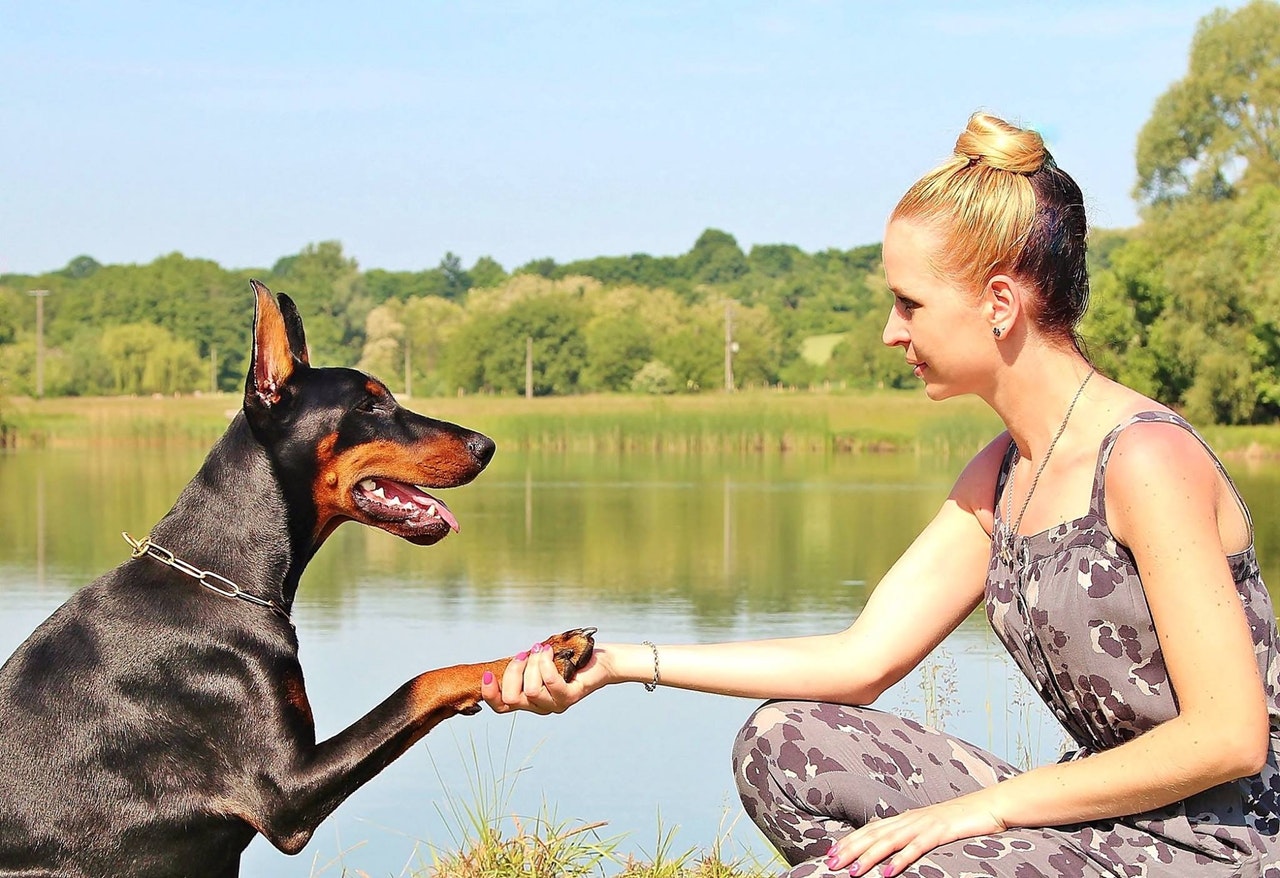2019-03-08

Dogs have not only been trained to become excellent hunters, guards, and shepherds since antiquity but have also become our best friends and companions. Now that we no longer need to farm or hunt for food, dogs have begun to change their roles in our lives by helping disabled people. We call them service dogs, a kind of working dog, specially trained to serve individuals who are physically or mentally disabled. Unlike normal pets, service dogs can be legitimized and granted by law. If you suffer from a disability, not just blindness or physical impairment, you are entitled to use your dog as a service dog. Below are tips for certifying your dog.
Tip 1: Know the laws
Although there is no official certification organization, service dogs are still allowed by many laws. The Americans with Disabilities Act (ADA) states that a service dog has the right to accompany its, owner and gain access to areas that other dogs might not be allowed to enter, such as public spaces, government agencies, businesses, schools and hospitals (therapy dogs are okay).
In addition, service dogs are the special residents in a “No pets” building. Under the Fair Housing Act, all landlords are obliged to accept your service dogs at no extra cost. If you are planning to rent accommodation with your service dog, it is advisable to prepare meaningful documents of your service dog, which can avoid the doubt of it being a “fake service dog”.
Tip 2: Train your dog courageously
Apart from sending the puppy to the service dog training organization, we can also train our pet dog to be a service dog. But make sure that your dog is trainable and strong enough to perform the tasks. Now that you have made the decision, you can start training your dog.
• Step 1. Admit to yourself. If it is hard for you to face the disability and to admit that you really need the support of a dog, you can view the assistance of a dog as part of the healing and as a kind of companion.
• Step 2. Make sure that you and your service dog speak the same language. If your dog has not lived with you since it was a puppy, you need to spend a lot of time on training. Because dogs do not really understand human language, they identify the commands through the pitch and tone of your voice during each training. However, it is best to stay with one language. Otherwise, the training will be a bit more difficult.
• Step 3. Make a special training plan
Training your dog is a long process for you and your dog. A detailed training plan is essential to improve training efficiency. Also, the owner should add special training tasks for the disability. For example, a diabetic service dog is trained to smell the owner’s blood sugar changes. Practice the tasks at home and in public places. In the first stage, you can teach the basic dog tasks at home, as there are many distractions and noise in the public area. Later, it is advisable to take him to a quiet and spacious park to practice the skills. Make sure you keep control of your service dog to make a good impression on others.
Tip 3: Legitimate your service dog and defend its rights
After prolonged training, your dog is qualified to be certified as a service dog. To distinguish itself from fake service dogs, the certification of your service dog is important to deal with certain situations. For example, the landlord denies your service dog access to your accommodation; the manager or employer of a new job rejects your request to bring your service dog to work. When this happens, you should insist on your service dog rights and not keep quiet. If employees and others ask you questions regarding your service dog, you can refuse to answer them, except for two questions: “Is this a service dog?” and “What tasks does your service dog do for you?” You can tell them what the special duties of your service dog are and show them the service dog certification. However, make sure that your service dog behaves well in public, to make it easier for it to be accepted.